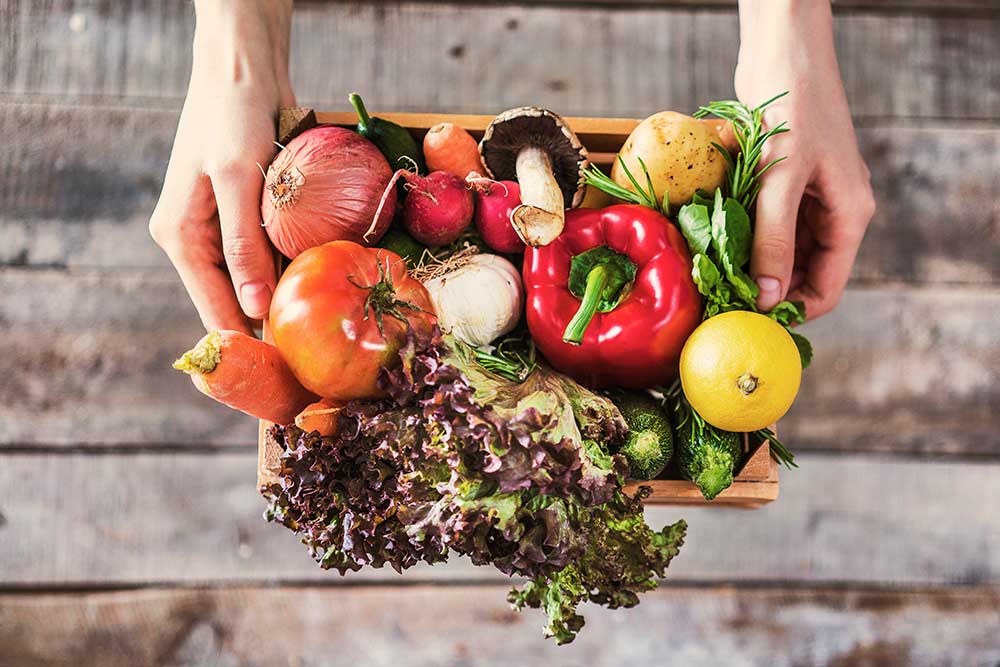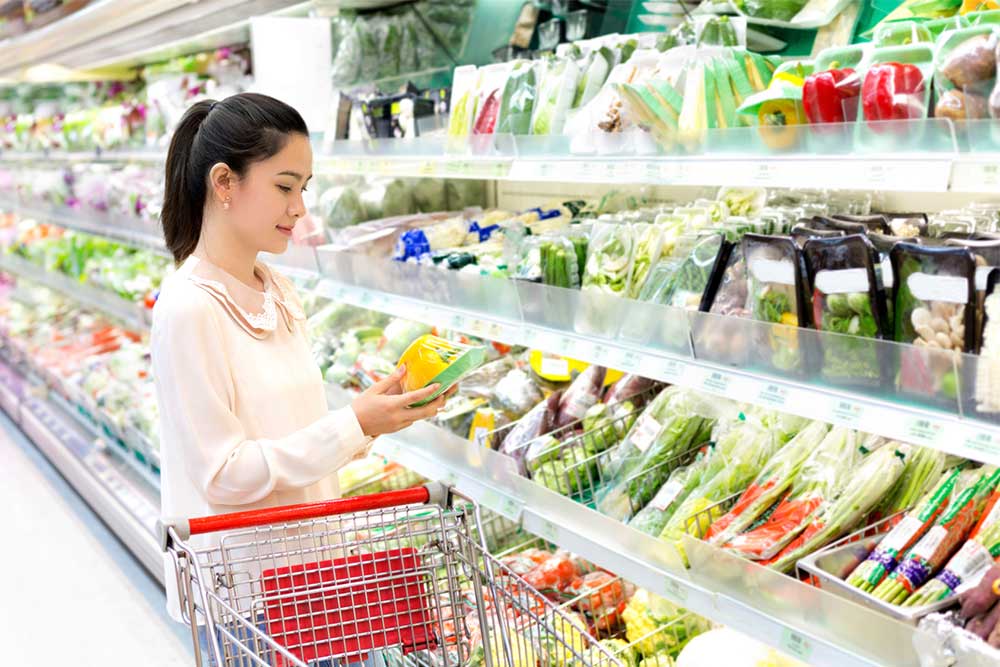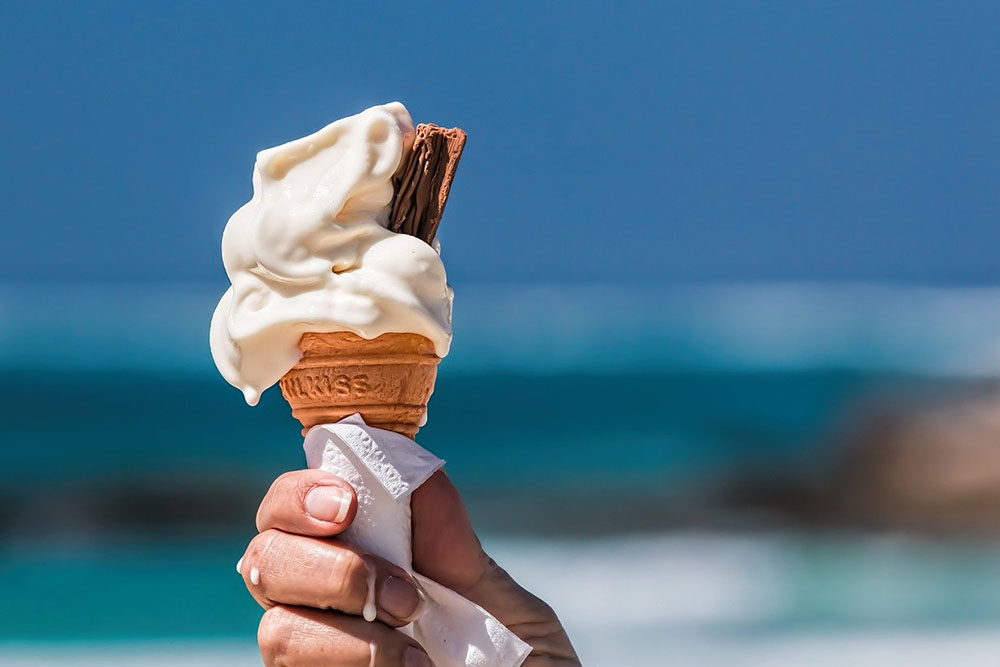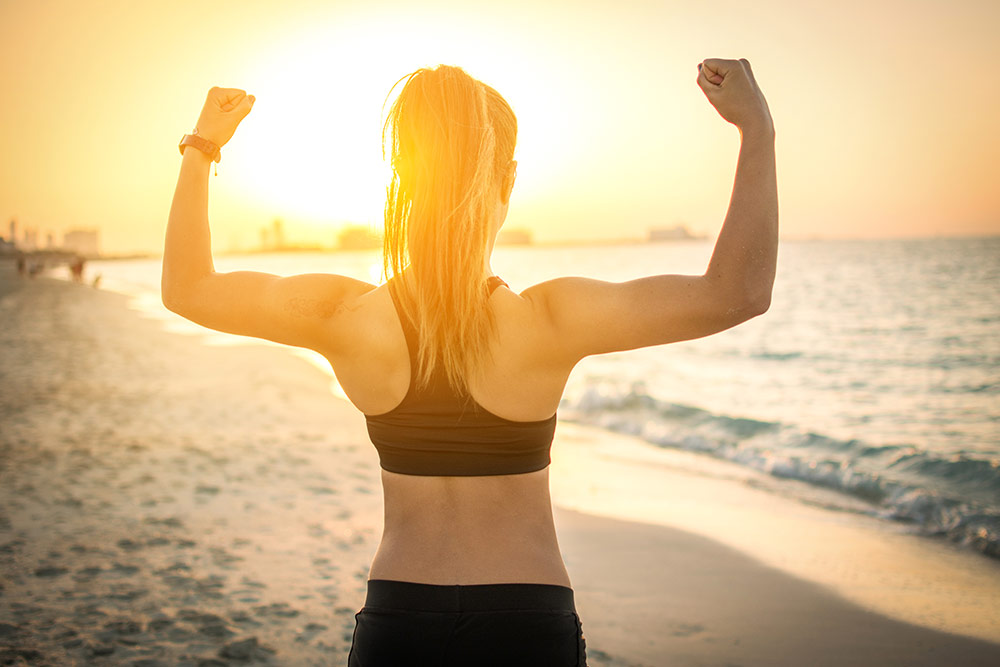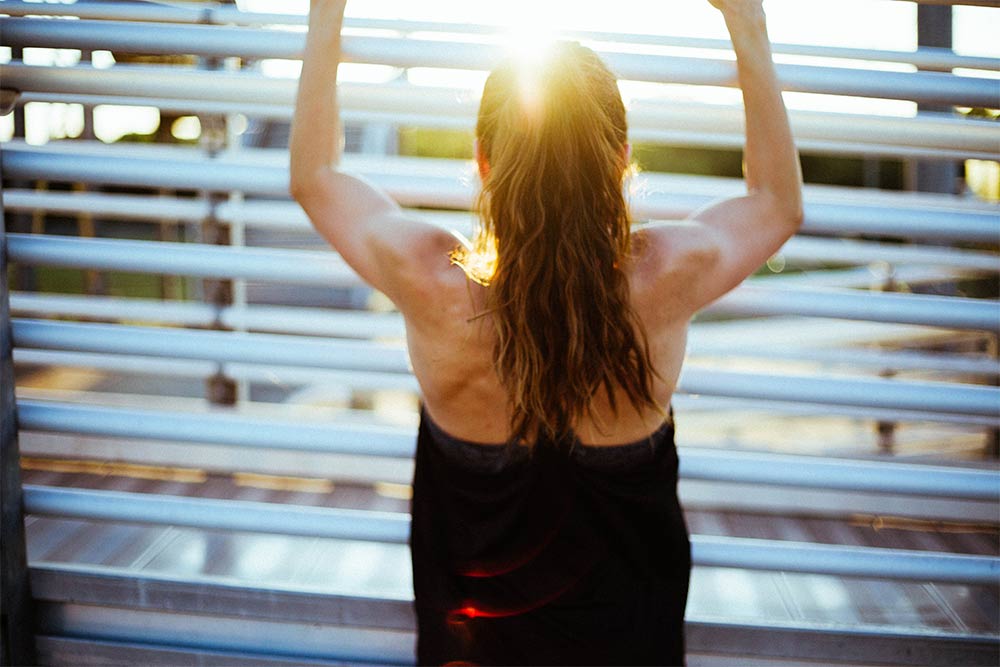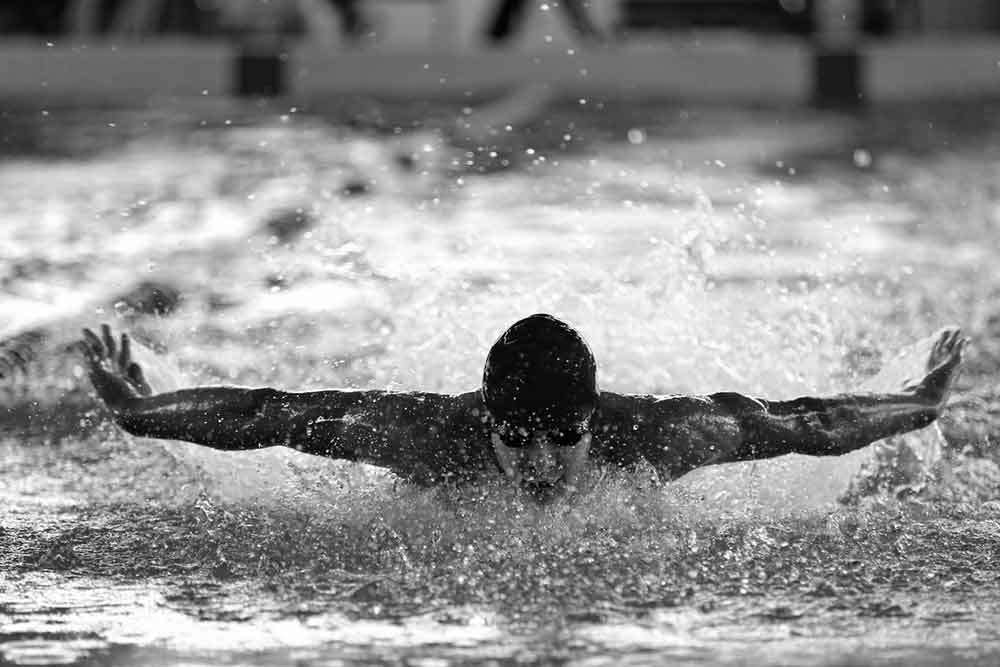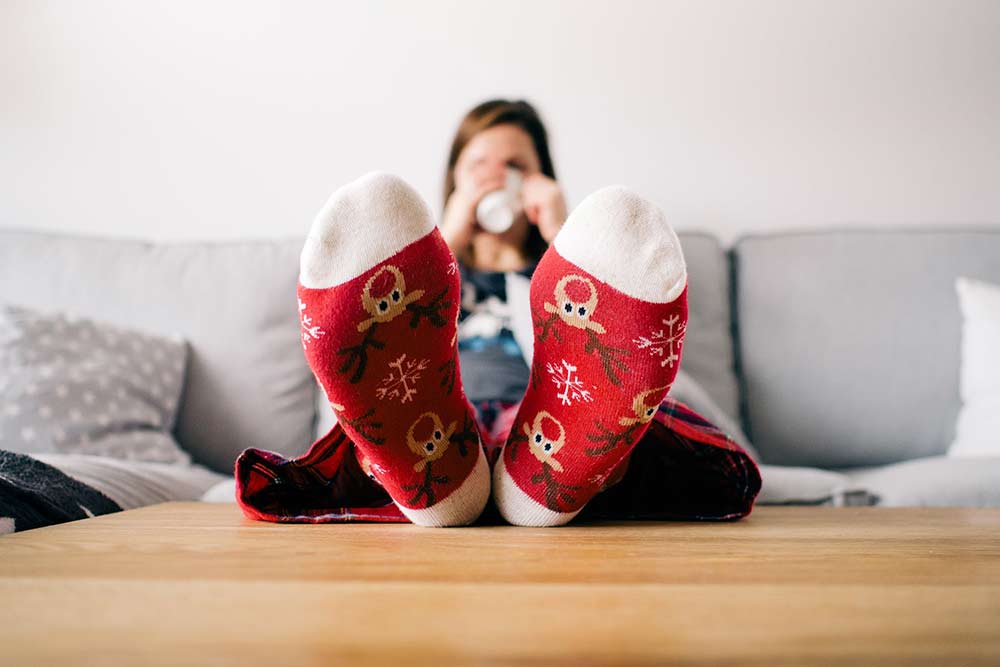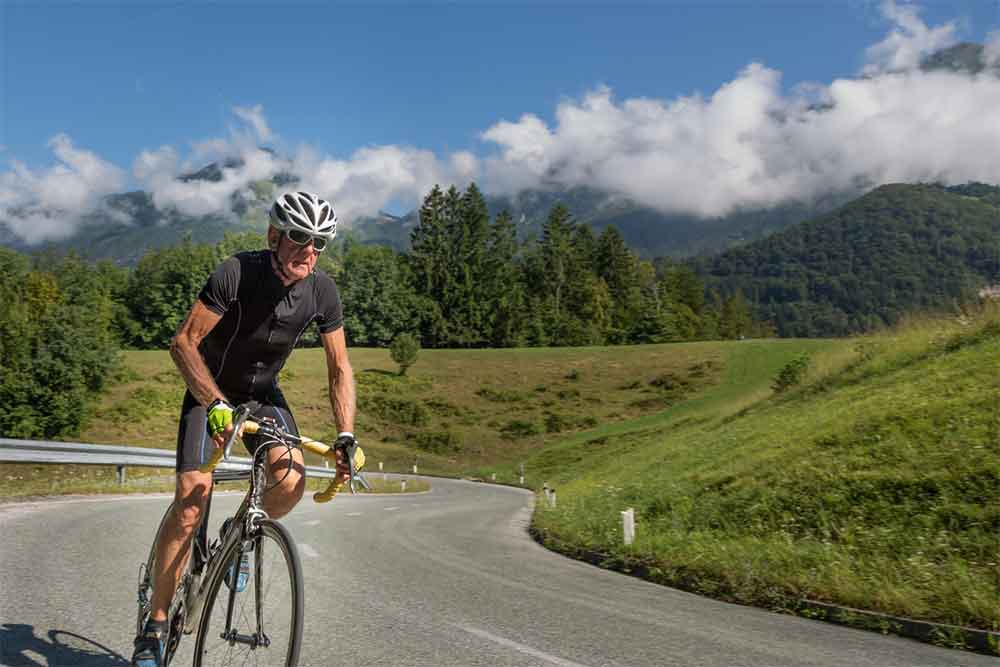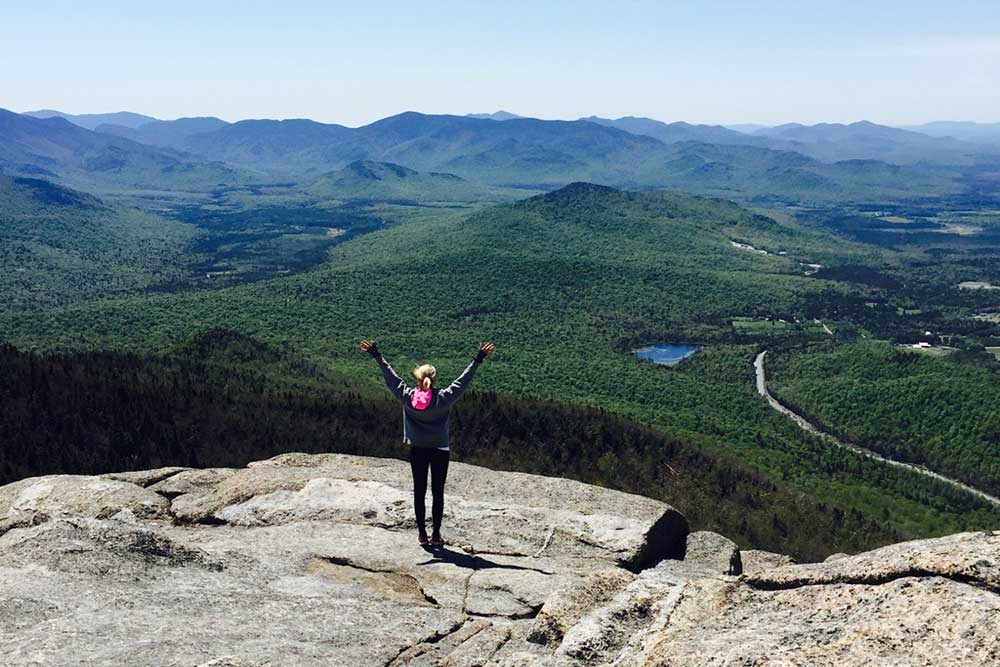What Is the Hype About Antinutrients and Are They Harmful?
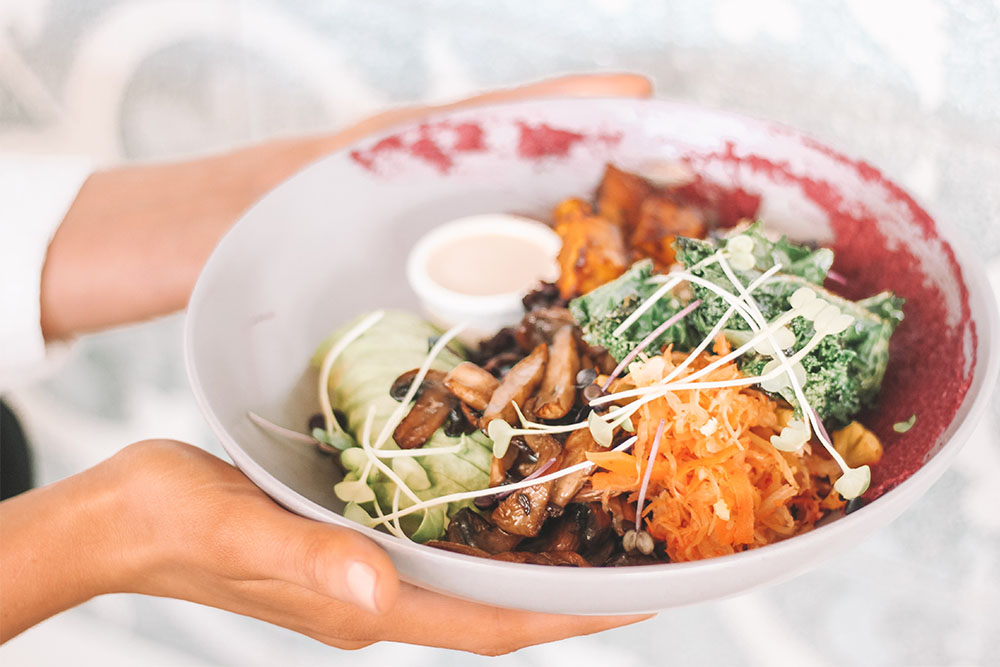
Ask and they will agree that fruits and vegetables are some of the healthiest foods on the planet – and for the most part, they would be right.
They are full of vitamins and minerals, contain an abundance of healthy fiber, and as a bonus, they often come with a potent portion of antioxidants.
What’s not to like?
Well, some recent research has indicated that some certain fruits and vegetables are not as healthy as first thought – and it all comes down to antinutrients.
What are antinutrients?
Antinutrients are unique plant compounds that impair the ability to absorb nutrients from the food you eat [1].
A rather simple way of looking at this is that if you consumed a meal that contained an abundance of magnesium, and that meal did not contain any antinutrients, then you would absorb most of that magnesium without any issue.
However, if that meal did contain antinutrients, then you would absorb much less.
This is because the antinutrients essentially “block” your ability to absorb the magnesium in your digestive tract.
How do they occur in foods?
Now, you might be wondering how in the world these nasty compounds actually get in the food you eat – and the thing is, they have probably always been there.
Most of us think of plants as being somewhat helpless – but that is not really the case.
Over the course of thousands of years, they have evolved to create compounds that are harmful to predators (i.e., animals and humans) to deter them from eating too much. We can think of this as a natural defense mechanism.
Now, it is important to note that this defense mechanism is not perfect.
In fact, you would have to eat a lot of antinutrients to elicit a seriously negative effect. But they do appear to stop predators from over-consuming the plant and causing it to die out – which suggest to me that it is still pretty effective.
Related Article: Why people in “Blue Zones” Live longer
What foods are high in antinutrients?
There are several different types of antinutrients found in a variety of different foods. Those which have been most heavily researched are:
- Glucosinolates: found in cruciferous vegetables such as broccoli, sprouts, and cabbage, which can stop the absorption of iodine. This can negatively impact upon thyroid function.
- Lectins: found in legumes, beans, peanuts, soybeans, and whole grains have been shown to affect the absorption of several important minerals, including calcium, iron, phosphorus, and zinc.
- Oxalates: found in green leafy vegetables and tea can also bind to calcium and prevent its absorption in the gut.
- Phytates: are also found in whole grains, seeds, and legumes, and can also blunt the absorption of calcium, iron, magnesium, and zinc
- Saponins: found in legumes and whole grains can impact the absorption of most nutrients throughout the digestive tract.
As you can see, those that are the biggest culprits tend to be heavily consumed in the diets of vegetarians and vegans.
It is for this reason that people following this style of eating should be paying close attention to what they eat, and actively taking steps to limit their daily antinutrient intake – which leads us to the next section quite nicely…
How to reduce antinutrients in foods
Something that is important to note is that just because a food naturally contains antinutrients does not mean that you have to consume them.
In fact, you can take some specific steps to reduce their impact:
- Soaking: beans and legumes for 12-24 hours before cooking has been shown to reduce their antinutrient content by up to 50% [2].
- Sprouting: is the period of a plants life cycle when they start emerging from their seed. This can be forced by soaking the plant in water and placing it in a soaking vessel. After a day or two, they will begin to sprout. You can then consume them while they are sprouting, which has been shown to reduce the antinutrient content of whole grains and legumes by up to 80% [3].
- Fermentation: is a natural process that occurs when microorganisms, such as bacteria or yeasts, start digesting the carbs in food, causing them to ferment. While this was traditionally done to help preserve food, it has been shown to reduce the antinutrient content of beans, cabbage, grains, and legumes by over 80% [4].
- Boiling: and the high heat associated has been shown to help breakdown many of the antinutrients for plant based products. This appears to be especially effective for green leafy vegetables, where it can decrease their antinutrient content by around 70% [5].
While each of these methods can be extremely effective, there is some evidence to suggest that combining methods may come close to eliminating antinutrients entirely [6].
This could mean sprouting then soaking your beans and legumes, sprouting and boiling your grains, or even soaking and fermenting your leafy green vegetables. The trick is to combine them in a way that does not ruin the flavor of the food, while making them as healthy as possible.
Healthiest way to consume plant foods high in antinutrients
Above I have outlined some different ways you can eliminate antinutrients from the food you eat. However, I do want to acknowledge that these methods also have the capacity to eliminate some of the healthy vitamins and minerals found in those foods.
This is particularly true of boiling and soaking, where the vitamins and minerals in the food can seep into the water, which is then discarded.
This means that your best bet is to opt for sprouting and fermenting when appropriate. And if you cannot always do this, there is merit in using the soaking or boiling water in another part of your cooking (i.e., to cook pasta or rice) to ensure that those nutrients are not wasted.
Eating Plants: The Benefits vs The Risks
The biggest takeaway here that plants are not bad. They are still full to the brim of healthy vitamins and minerals, fiber, and antioxidants – and as such, should make up a large part of your diet.
However, you do need to be aware that if you are consuming a lot of the foods mentioned above, you might be missing out on important vitamins and minerals, which could lead to a deficiency and even disease and illness.
All of which means that you should try and treat many of the foods discussed above to limit their antinutrient content. You should also try to avoid consuming them together, as this would make them more harmful.
But again – this does not mean you should avoid plant based foods entirely, because they are still very good for you.
Take Home Message
Antinutrients are unique compounds found in plants that can impair your absorption of vitamins and minerals. This is of particular concern for people who follow a plant based way of eating and rely on plant based foods for all their nutritional intake.
However, they are not a death sentence – by preparing your foods properly you can eliminate antinutrients and boost your health in the process.
References
- Akande, K. E., et al. “Major antinutrients found in plant protein sources: their effect on nutrition.” Pakistan Journal of Nutrition 9.8 (2010): 827-832.
- Onwuka, G. I. “Soaking, boiling and antinutritional factors in pigeon peas (Cajanus cajan) and cowpeas (Vigna unguiculata).” Journal of food processing and preservation 30.5 (2006): 616-630.
- Chai, Weiwen, and Michael Liebman. “Effect of different cooking methods on vegetable oxalate content.” Journal of agricultural and food chemistry 53.8 (2005): 3027-3030.
- Gustafsson, E‐L., and A‐S. Sandberg. “Phytate reduction in brown beans (Phaseolus vulgaris L.).” Journal of Food Science 60.1 (1995): 149-152.
- Luo, Yuwei, Weihua Xie, and Fengxia Luo. “Effect of several germination treatments on phosphatases activities and degradation of phytate in faba bean (Vicia faba L.) and azuki bean (Vigna angularis L.).” Journal of food science 77.10 (2012): C1023-C1029.
- Valencia, Ulf Svanberg, Ann-Sofie Sandberg, Jenny Ruales, Silvia. “Processing of quinoa (Chenopodium quinoa, Willd): effects on in vitro iron availability and phytate hydrolysis.” International journal of food sciences and nutrition 50.3 (1999): 203-211.
You Might Like:

